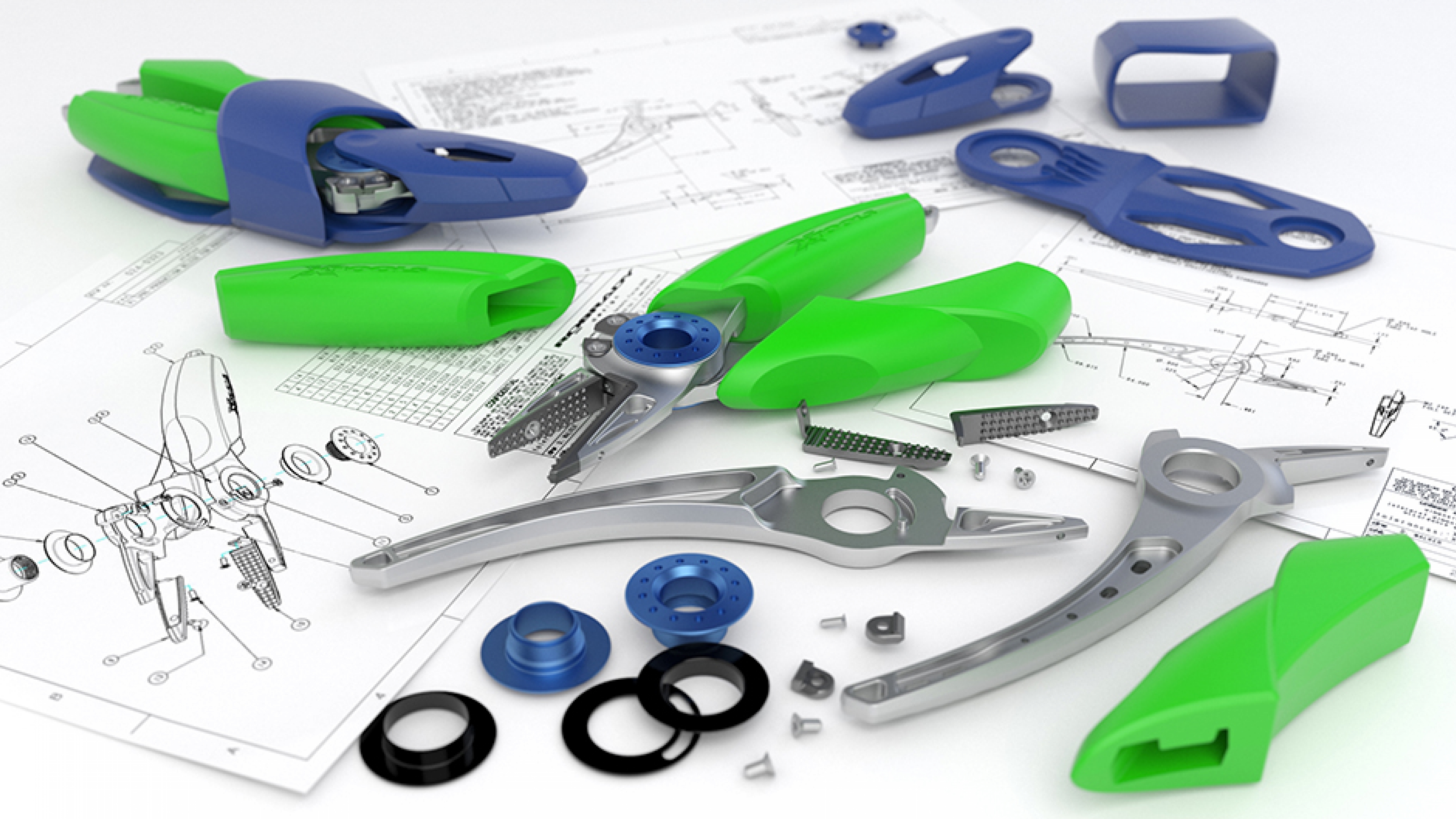November 13, 2013 — Innovation is difficult and design problems are complex. Therefore, as an efficient method of understanding and resolving design issues quickly, designers and engineers rely upon the physical exploration of a concept.
Rapid prototyping is the art of using a series of techniques and materials to fabricate the physical parts of an assembly from computer data. There are many different types of prototypes that can be created to offer solutions at different phases throughout the product design cycle. The design process utilizes three core styles of prototypes; low, medium, and high-fidelity models.

In the early stages of product development, designers and engineers build and study low-fidelity static models that are typically constructed with inexpensive and quick-forming materials such as clay, Styrofoam, urethane modeling board, cardboard, and foam core. These models are used to quickly and roughly communicate scale, shape, and initial concepts in 3D form. With these mockups, designers and engineers are able to interact with forms and layouts early in the process. These models also act as a tool to communicate ideas with clients. The practice of getting an idea out of concept and into a tangible model is an effective route to eliminate risk, engage people, create opportunity, and obtain meaningful feedback.

Medium fidelity models are used throughout the design process to evaluate engineering plans and test the function of different aspects within a design. The value in creating medium fidelity models is the ability for a designer to explore form and fit, offering experiences that inform them of necessary refinements. Designers use these models as a learning experience, and because they are built during the design process, they provide opportunity for risk mitigation before product launch. Medium fidelity models can range from the bits and pieces of a system to a non-functional “looks like” appearance model. Both types of models add significant value and support the industrial design development process. In a “bits and pieces”, or test model, designers know what they want to learn, and develop just enough of a model to evaluate a design and gather meaningful data from prototyping those elements. A non-functional “looks like” model allows designers to interact with a concept and understand product part lines, volume, ergonomics, and overall aesthetic form.

High-fidelity models consist of functioning mechanisms, electronics, and representational components - physical “looks like, works like” models. These models are constructed with an intentional blend of prototype and production, materials and processes. High-fidelity models provide value on multiple levels; they are used as a business tools for marketing, fundraising, testing, voice of customer evaluation, design presentations, and as baselines for production engineering. At this level, a prototype becomes the final validation of an engineered solution and provides the ultimate opportunity for refinement prior to production release.
Prototyping early and often throughout the design process reduces risk and allows the product development team to identify both failures and successes with each model. By adopting this evolutionary approach to product development, companies are able to make smart investments that deliver significant return. The earlier in the design process a mistake is identified, the less costly the mistake is to correct. By prototyping early and often, risk can be reduced and time, effort, and money saved.
On the road to invention, failures are just problems that have yet to be solved. -James Dyson
